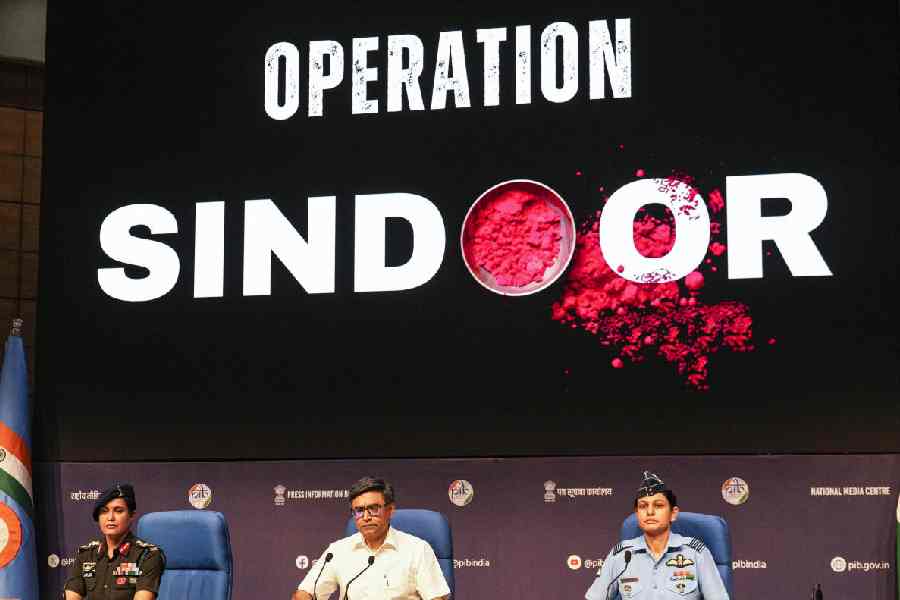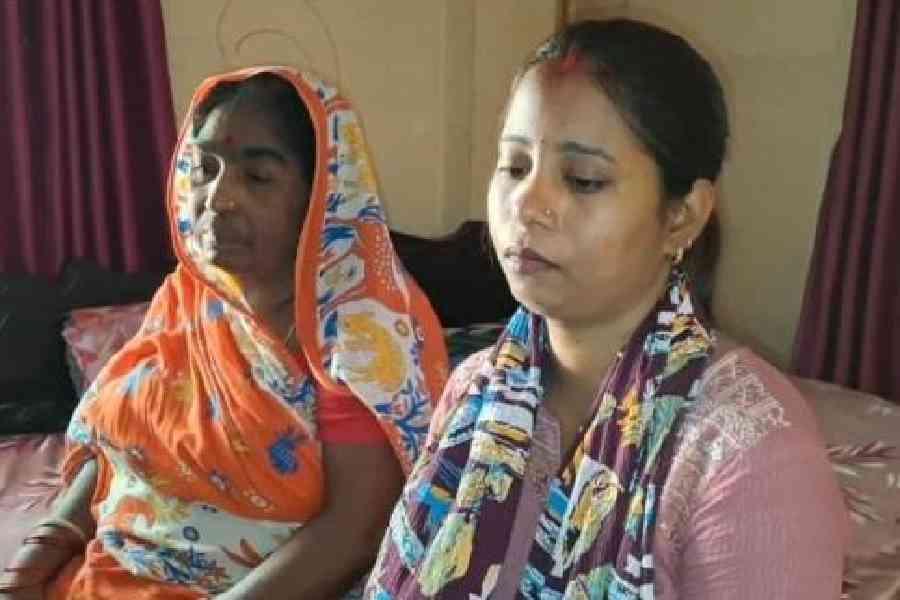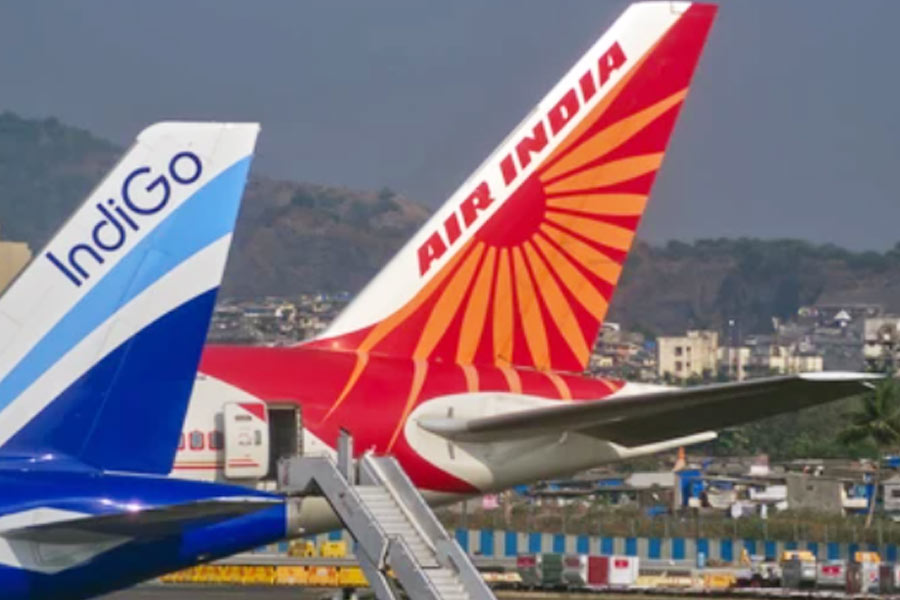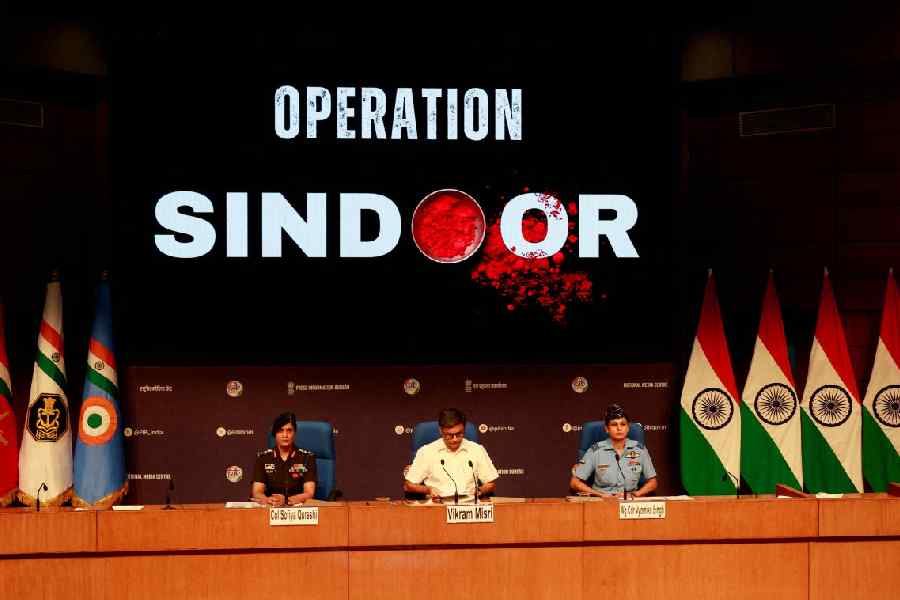|
|
Every new report about the devastation caused by the river Kosi only heightens our anxiety — an anxiety arising from heart-rending images of destruction, displacement, evacuation, inadequacy of food and shelter for the unfortunate victims. As if the human trauma were not enough, politicians seek electoral advantage from the profound tragedy. Many of them are more interested in showmanship, drama, inserting their photographs, naming their camps — that is, in publicity more than action.
The imperative is twofold: one, the immediate imperative of ensuring effective relief and rescue for the people who are facing food shortages, the fear of epidemics with rising water levels, and displacement from their homes by the river changing course and inundating large swathes of land in the state — issues that are being addressed with the state and the Central government acting in concert to provide relief and facilitate rehabilitation. The prime minister, Manmohan Singh, has appropriately declared the floods in Bihar to be a “calamity of national proportions”, calling for a national effort to help the people of Bihar to survive this calamity and rebuild their lives. The second imperative is the long-term one of taming the river and finding a permanent solution to the problem of recurring floods.
The present tragedy arose because Kosi breached its eastern embankment at 12.8 RD (Kusaha in Nepal) embarking on an old course more or less bypassing the barrage at Birpur. Who is responsible for this tragedy — the Centre or the state? The blame game of whether it is the Centre or the state which is responsible for this tragedy is at this point a needless distraction from the immediate tasks which lie ahead. The Constitution is clear. Article 246 read with entry 56 of schedule VII clearly stipulates that inter-state (and by implication international) rivers are the responsibility of the Central government. The Ganga flood control commission through the Kosi high level committee determines the nature of work and chooses to execute the work through the state government. Given the morphological and other changes, the work assigned by the high level committee under the Central government for execution by the state government was clearly inadequate to address the problem even in the short run. Deeper strengthening of spurs, river training, pilot channels to coax the river back to its original course were needed but not recommended. These would anyway need to be done now. Beyond the immediate, both the Centre and the state would need to act in concert with the government of Nepal for an abiding solution.
Let us look at the origin of the problem to understand how this situation has come about. First, the failure of our bilateral diplomacy with Nepal. While Indo-Nepal relations were friendlier in the Fifties and the Sixties, even till the completion of the barrage in 1964, subsequently the relations became cautious and even suspicious. Repeated attempts by India to settle the issue during the several commissions discussions and others did not evoke adequate response. The multiple commissions for bilateral engagement with Nepal made little progress in harnessing the river systems to mutual advantage. Even the limited agreements on Pancheswar and Mahakali have made a snail’s progress. Nepal, for several decades, remained engaged in worrying about what could be done to ameliorate the handicaps of a land-locked country in securing trade and transit rights. During long periods of our over-regulated trade regime, we too were bogged down in issues like rules of origin and the impact of smuggling from third-world countries on our economy. Trade-related issues dominated the agenda. Water resource management and harnessing energy potential remained a low priority.
Second, attempts to engage multilateral institutions like the World Bank, the Asian Development Bank and others did not cut ice with the ministry of external affairs, which felt that this would unduly internationalize an issue which lay in the bilateral domain of India and Nepal. This gave rise to the strange situation wherein on the one hand, bilateral relations remained mired in a penumbra of suspicion, and on the other, multilateral institutions that were keen to help a project that would bring benefits to both sides were kept out for no valid reasons whatsoever.
Third, a new development in the Nineties in the form of environmental lobbies meant that the method of building high dams lost favour, and with this, the initiatives of multilateral institutions lost further momentum in the face of environmental concerns and civil society resistance.
Finally, in a curious case of collective ignorance, the importance of one simple fact was not adequately appreciated — namely, that apart from the multiplier benefits to agriculture, flood protection and livelihood patterns in both the people of India and Nepal, a substantial part of the hydro-electricity of 3,000 MW could be sold by Nepal to India, bringing about a huge improvement in the real income of the Nepalese and meeting energy deficits in the eastern region of India.
Now we should at least wake up and impart new meaning and content to the stalled efforts of the last five decades to bring the search for a permanent solution to the problem of taming the Kosi to successful fruition. The need of the hour is an aggressive and fresh initiative to tame India’s “river of sorrow”. At the same time, the human dimensions of the problems caused by the floods need to transcend the compulsions of contemporary politics. We cannot afford to ignore the misery and suffering of the millions battling floods in north Bihar — in what is perhaps one of the most demographically dense regions in the world. M.S. Swaminathan, professor, has put it succinctly: “What is urgently needed are steps which can assure the affected population that they can look forward with hope to a life beyond the floods… We now need urgent attention to a ‘beyond the floods’ action plan. This will involve immediate attention to restoring livelihood opportunities to farm families and at the same time, long-term strategies that can minimize the fury of floods.”. Can the river of sorrow become a river of hope? To achieve this Bihar needs a New Deal.












